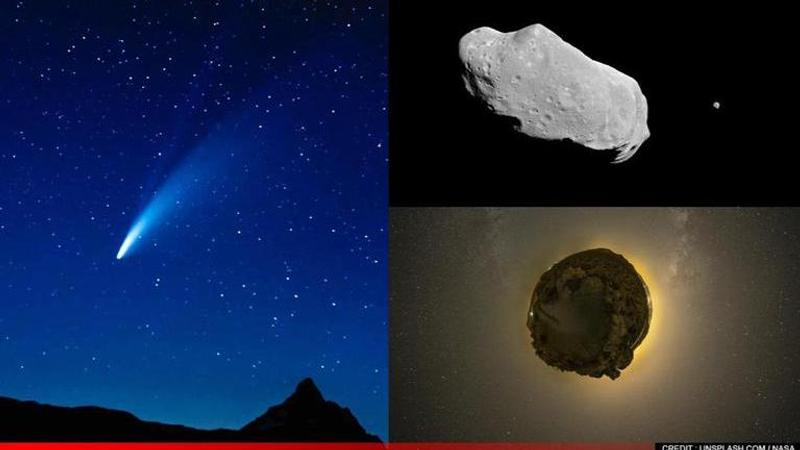Published 16:15 IST, July 21st 2020
Comet, asteroid & meteoroid flying by Earth in 2020; know how they differ from each other
Comets are often known as snowballs of space as they are primarily made of ice and dust. Comets revolve around the sun like planets in the orbit.

Humans have for centuries been watching celestial bodies from Earth as they arrive with an element of surprise sparking eagerness in earthly beings who wait for the unexpected guests to visit again. 2020 has been a special year for space enthusiasts, who have been lucky to see almost all kinds of celestial bodies from Earth, especially asteroids and comets, which have been passing by our planet at regular intervals this year.
In the age of internet and social media, it has become even easier to get information about the passing of the celestial bodies by scientists, who warn us in advance so we could be ready with our cameras, binoculars or telescope to witness the incredible sight, some of which are once in a lifetime opportunity as it happens every 1,000 years or so. Currently, we can witness comet NEOWISE appear above the northwestern horizon in the night sky and people can see it with their naked eyes. The comet is special because it will not return to Earth's skies for about 6,800 years.
According to NASA, Asteroid 2020 ND is expected to pass by earth on July 24 and this is not the first time that the near-earth object is passing by our planet. This will be the sixth time that the asteroid will pass by earth. Ever wondered what is the difference between a comet, asteroid, meteoroid, and meteors? How are these celestial bodies different from each other?
Difference between comet, asteroid, meteoroid, and meteors
Comet: Comets are often known as snowballs of space as they are primarily made of ice and dust. Comets revolve around the sun like planets in the orbit. The comet release gasses when it revolves closer to the sun, which is also known as comet's tail and is visible to us from Earth at the night sky. However, not all comet release those gasses because they go extinct over a period of time and those resembles asteroids.
Asteroid: Asteroids are objects made out of rocks and metals and they too revolve around the sun as comets do. An asteroid is larger than meteoroid in size.
Meteoroid: Meteoroids are smaller grains that are expelled from comets or asteroids. Meteoroids like its parents also orbit the sun and when reaches the atmosphere it vaporizes and becomes meteors, also known as 'shooting stars'.
Updated 16:15 IST, July 21st 2020



